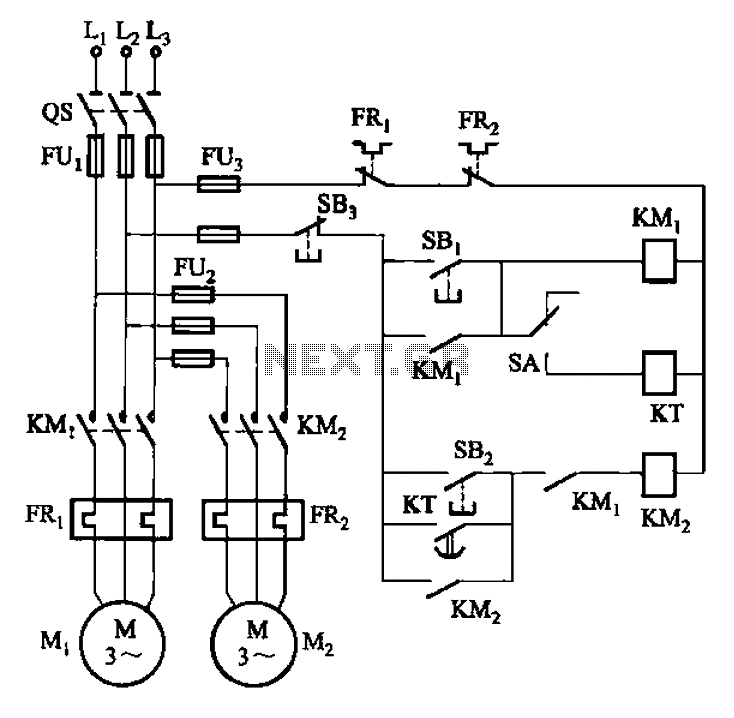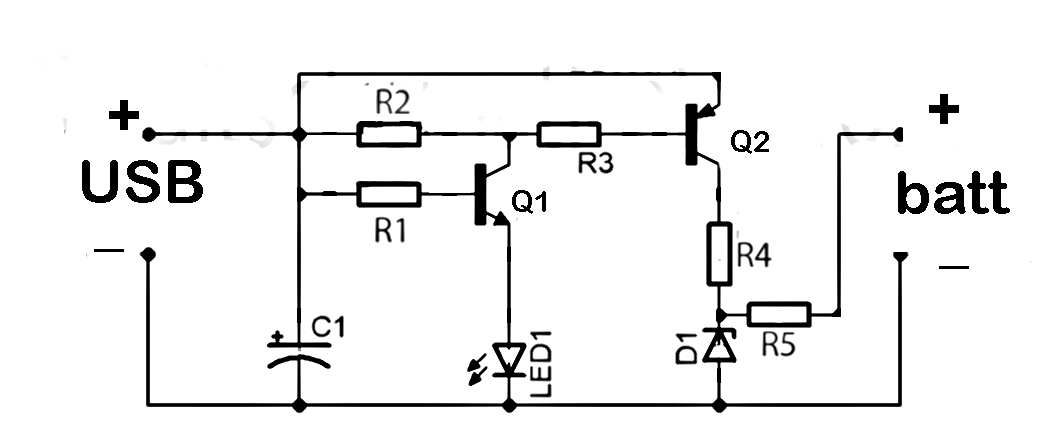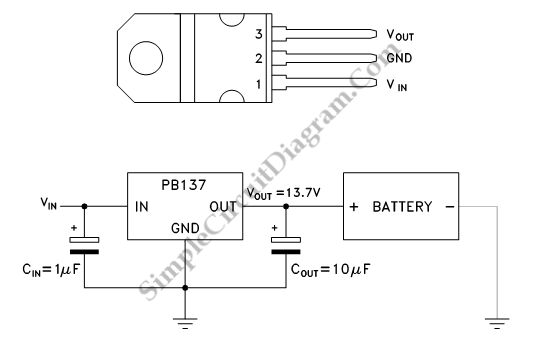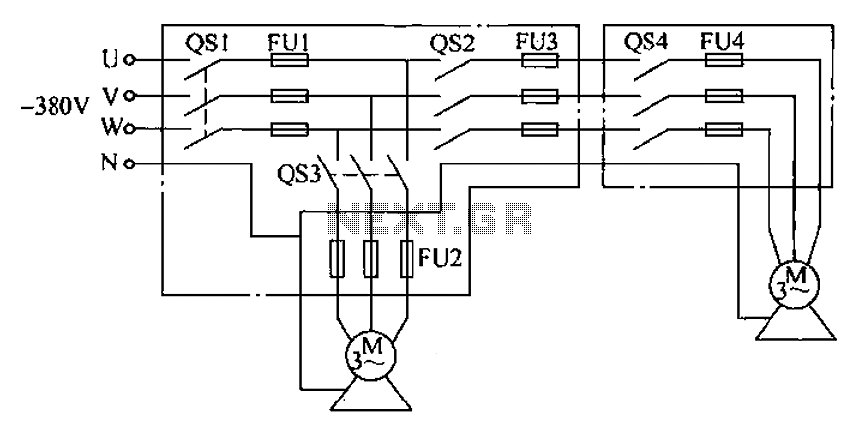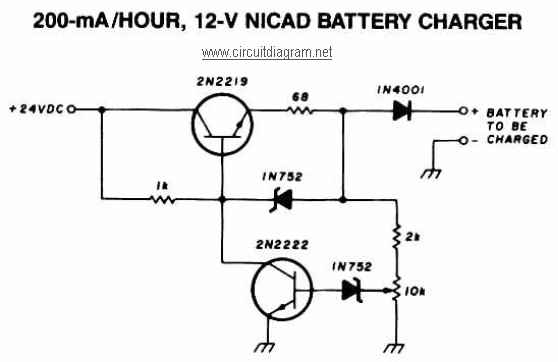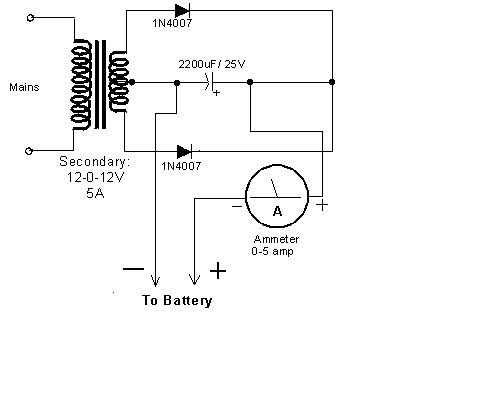
Solid-state electric fence charger
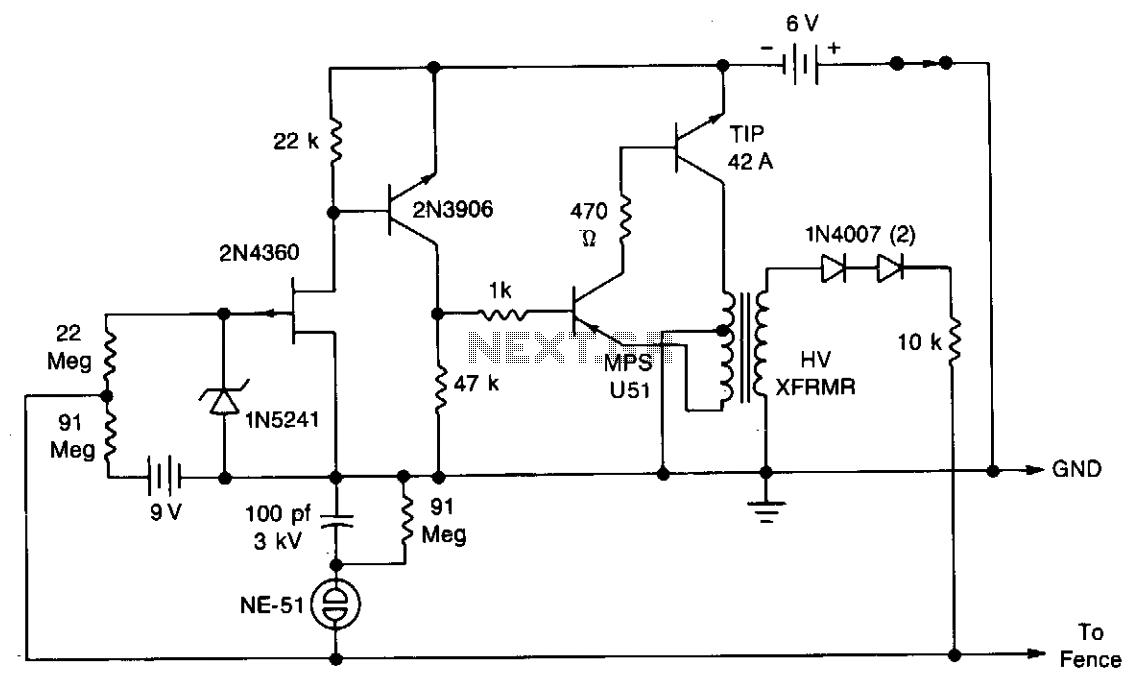
A touch-sensing circuit maintains the high-voltage generator in an off state until contact is made with the fence wire. When something touches the fence sensing circuit wire, it activates the high-voltage generator, which delivers a series of 500-microsecond pulses at approximately 300 volts to the fence wire. The pulse repetition rate is influenced by the intruder's resistance to earth ground; a lower resistance results in a higher pulse rate. A ground rod is inserted several inches into the ground near the fence wire. In the sensing mode, the neon lamp should remain off; if it flickers or lights, this indicates a leakage between the fence wire and ground. If the sensitivity is too high, it can be adjusted by replacing the 91 Megohm resistor with a 47 or 22 Megohm resistor as needed.
The described touch-sensing circuit employs a high-voltage generator that is crucial for perimeter security applications. The circuit is designed to remain inactive until a disturbance is detected, which is achieved through the touch-sensing mechanism. The core component of the circuit is the high-voltage generator, which is responsible for producing short, high-voltage pulses. These pulses are delivered to the fence wire to create a deterrent against intruders.
The circuit operates by monitoring the resistance between the fence wire and the earth ground. When an intruder touches the wire, their body provides a path to ground, which reduces the resistance. This change in resistance is detected by the circuit, triggering the high-voltage generator to activate. The generator then sends 500-microsecond pulses at a voltage level of approximately 300 volts. The frequency of these pulses is directly correlated to the intruder's resistance; thus, a lower resistance results in a higher frequency of pulses, enhancing the deterrent effect.
A ground rod is strategically placed near the fence to ensure effective grounding and to minimize false triggers. The neon lamp acts as an indicator of the circuit's operational status. In normal operation, the lamp should remain off, indicating that there is no leakage current between the fence wire and the ground. If the lamp illuminates or flickers, this suggests that there is an unintended path for current flow, which could lead to false alarms or reduced effectiveness of the circuit.
To fine-tune the sensitivity of the circuit, a resistor is employed. The default resistor value is set at 91 Megohms; however, if the sensitivity proves to be excessive—resulting in false triggers—the resistance can be decreased by substituting the 91 Megohm resistor with a 47 or 22 Megohm resistor. This adjustment allows for greater control over the circuit's responsiveness to disturbances, ensuring that it remains effective without being overly sensitive to environmental factors.
In summary, this touch-sensing circuit is a sophisticated solution for enhancing security through the use of high-voltage pulses, effectively combining electrical engineering principles with practical applications in perimeter protection.A touch-sensing circuit keeps the high-voltage generator cut off until something touches the fence wire. Contact with the fence sensing circuit wire starts the high-voltage generator which applies a series of 500 microsecond pulses at approximately 300 volts to the fence wire.
Pulse repetition rate is determined by the intruder's resistance to earth ground. The lower the resistance, the higher the pulse rate. A ground rod is inserted several inches into the ground near the fence wire. In the sensing mode the neon lamp should not flicker or light. If it does, it indicates leakage between the fence wire and ground. If sensitivity is too great, it can be reduced by changing the 91 Meg resistor to 47 or 22 Meg as required. 🔗 External reference
The described touch-sensing circuit employs a high-voltage generator that is crucial for perimeter security applications. The circuit is designed to remain inactive until a disturbance is detected, which is achieved through the touch-sensing mechanism. The core component of the circuit is the high-voltage generator, which is responsible for producing short, high-voltage pulses. These pulses are delivered to the fence wire to create a deterrent against intruders.
The circuit operates by monitoring the resistance between the fence wire and the earth ground. When an intruder touches the wire, their body provides a path to ground, which reduces the resistance. This change in resistance is detected by the circuit, triggering the high-voltage generator to activate. The generator then sends 500-microsecond pulses at a voltage level of approximately 300 volts. The frequency of these pulses is directly correlated to the intruder's resistance; thus, a lower resistance results in a higher frequency of pulses, enhancing the deterrent effect.
A ground rod is strategically placed near the fence to ensure effective grounding and to minimize false triggers. The neon lamp acts as an indicator of the circuit's operational status. In normal operation, the lamp should remain off, indicating that there is no leakage current between the fence wire and the ground. If the lamp illuminates or flickers, this suggests that there is an unintended path for current flow, which could lead to false alarms or reduced effectiveness of the circuit.
To fine-tune the sensitivity of the circuit, a resistor is employed. The default resistor value is set at 91 Megohms; however, if the sensitivity proves to be excessive—resulting in false triggers—the resistance can be decreased by substituting the 91 Megohm resistor with a 47 or 22 Megohm resistor. This adjustment allows for greater control over the circuit's responsiveness to disturbances, ensuring that it remains effective without being overly sensitive to environmental factors.
In summary, this touch-sensing circuit is a sophisticated solution for enhancing security through the use of high-voltage pulses, effectively combining electrical engineering principles with practical applications in perimeter protection.A touch-sensing circuit keeps the high-voltage generator cut off until something touches the fence wire. Contact with the fence sensing circuit wire starts the high-voltage generator which applies a series of 500 microsecond pulses at approximately 300 volts to the fence wire.
Pulse repetition rate is determined by the intruder's resistance to earth ground. The lower the resistance, the higher the pulse rate. A ground rod is inserted several inches into the ground near the fence wire. In the sensing mode the neon lamp should not flicker or light. If it does, it indicates leakage between the fence wire and ground. If sensitivity is too great, it can be reduced by changing the 91 Meg resistor to 47 or 22 Meg as required. 🔗 External reference
